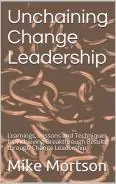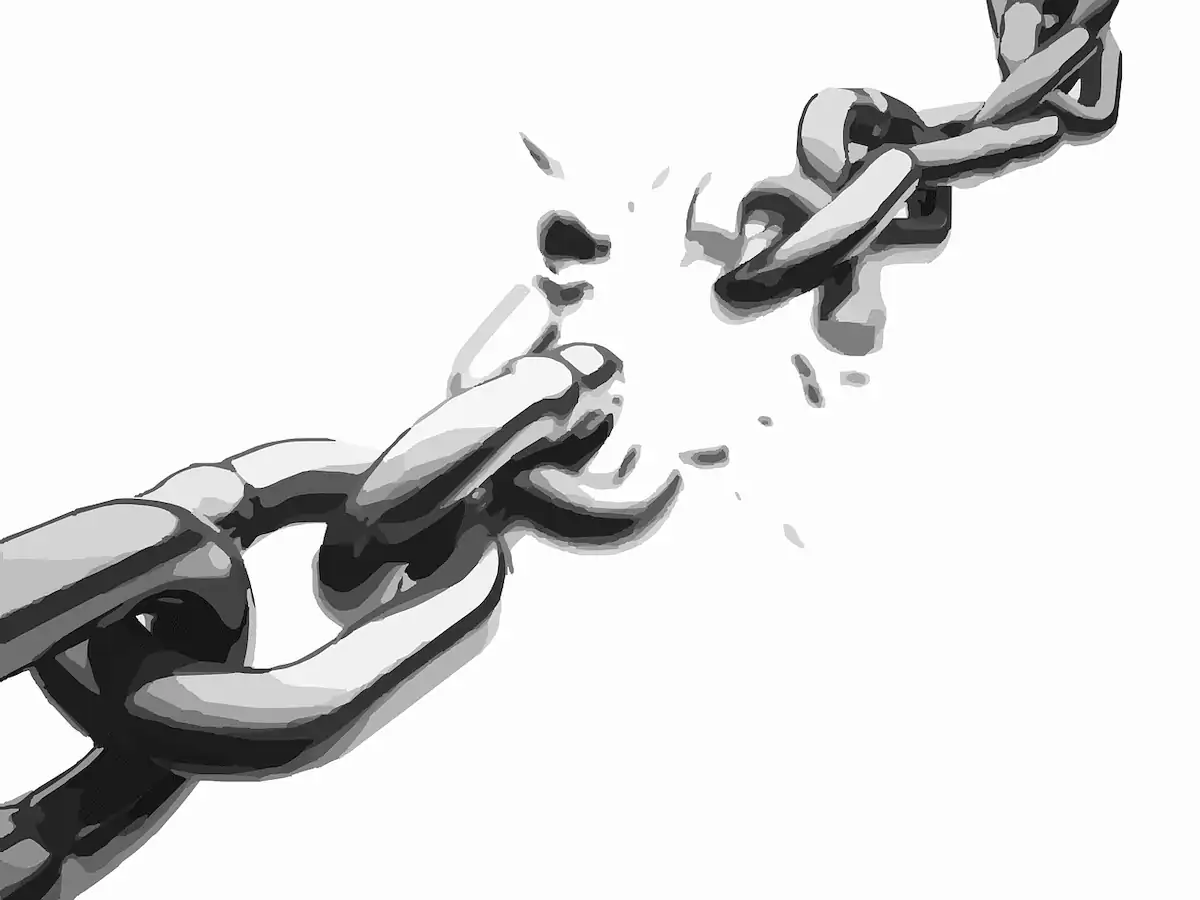Continuity of supply requires every aspect of your Supply Chain to be connected. The word “chain” makes the interdependence of these Supply Chain links clear, both metaphorically and literally. Supply Chain cannot function with broken links.
Raw material suppliers, manufacturers, distributors, logistics companies, processes, systems and resources must all function, more or less harmoniously, to make any Supply Chain work.
But, just as elements of the Supply Chain must be linked, it is also true that links can and will be broken, whether deliberately or accidentally, and certainly unexpectedly.
The effectiveness of any Supply Chain is how to reattach these links, or forge new links, to make your Supply Chain more resilient, more robust and stronger than ever.
In the Beginning
When any company begins there is no Supply Chain. Everything is unlinked. Every link must be created, and linked, from scratch. Every single step, every supplier, every process, every system, every employee and team, and every node must all be put in place. This enables the company to function and grow.
Over time all aspects of the Supply Chain will be reviewed, changed, added, and deleted to deal with new requirements and new circumstances, to improve efficiency, to lower costs, to expand capabilities, to improve competitiveness, and to alter resources as a part of the natural evolution of the business.
Missing links will be discovered. Broken links will need to be fixed. And both internal and external forces will drive the need for change in the Supply Chain infrastructure. Natural disasters, man-made disasters or disruptions, government activity, competitive pressures, technological challenges, and human factors will all wreak havoc on the integrity of your Supply Chain.
The pandemic has proven that no Supply Chain is invulnerable to having broken, or missing, links. The Just-in-Time model was long the aspiration and envy of companies who didn’t have this Supply Chain paradigm implemented. Yet this widely admired model has faltered badly in the wake of the pandemic.
Automotive companies are facing chip shortages and other materials constraints as the long held belief that inventory would be immediately available on demand, that is Just-in-time, has not been able to withstand the pervasive disruption caused by a global pandemic.
The reality is that Supply Chains break. Whatever the reason, you will need to fix broken links, create new links, or redesign large aspects of your chain. Entire Supply Chain strategies and operating paradigms will need to be reimagined, and new chains forged.
As stressful as these situations can be, the truth is that these are opportunities to make your Supply Chain better, faster, stronger, and more resilient than ever before.
Dealing with Change
Change is hard. Many people don’t like for things to change. They can resist passively or aggressively. Regardless making changes, even when circumstances demand them, is hard.
But when your Supply Chain breaks, the status quo is no longer option. You have to repair the links at a minimum, or replace entire sections of your chain at its extreme.
The nature of the change can also determine how much resistance or support you will get for your efforts in transformation.
If it is a natural disaster, or a pandemic, the need to make changes is mandatory and non-negotiable. If you don’t make changes then your company will die. If the need to make changes is driven by management, particularly if your company is doing well already, the compelling motivation may be more questionable and is likely to hit greater internal obstacles.
If single sourcing has created a continuity of supply issue you will need to add a second supplier. If lead times are extended you will need to consider adding buffer inventories or safety stock. If carriers are out of capacity you will need to add additional logistics providers. If ports are blocked you need to reroute your ships to less congested ports.
If your company is running out of cash you will need to reduce inventories and extend payment terms. If your customers increased, or decreased, demand well within your order lead time you will have to respond to shortages, capacity issues, and inventory problems. If your employees don’t have the skills or experience necessary to get the job done you will have to provide developmental growth opportunities.
Think about the Supply Chain change that Automotive companies must now contemplate. The backbone of their Supply Chain design paradigm has been the decades old Just in Time inventory and delivery model. But chip shortages, delays with steel and rubber and other commodities, certainly call into question whether the Just in Time model in its current form is sustainable. Most of the Automotive Supply Chain links were broken!
I suspect that the Just in Time model in the Automotive industry will continue but there should certainly be some changes made. It has proven to be not robust or resilient in face of the myriad of Supply Chain issues causes by the pandemic. That kind of change affects an entire industry and all of its norms, so whatever change is made will be extensive and lengthy.
Whatever the circumstance you must deal with change, almost always in real time, and fix whatever broken links or missing links that you are faced with.
Clearing the Path for Successful Change
The need for fixing broken links and filling in missing links is an ongoing reality. Managing this perpetual change can be exhausting and the last thing you need is for you or your team to burn out.
Burnout is a very real condition. Just think of the doctors and nurses who have worked around the clock for the last two years dealing with the Coronavirus pandemic. These front line workers are true heroes but you have to know that they must be tired, if not burned out, from dealing with this once in a century life and death pandemic.
The same Post Pandemic Stress Disorder exists for Supply Chain professionals. Never in history has Supply Chain in any company, in any industry, or in any country been under the microscope due to continuity of supply disruptions and the massive fallout therefrom. These people have been working nonstop as well fixing the broken links exposed due to the pandemic and the associated lockdowns and restrictions.
All of these people need support for their mental health and with dealing with the enormous stress that they have been under. This should likely be not only a tactical response but it has to be provided for the long term as well.
Additionally organizations need to, if they haven’t already, build an internal culture which is designed to handle disruption and deal with change, and the broken links we experience, in the most positive and effective way possible. If your employees and your cultural norm embraces change and equips everyone with all of the tools needed to respond productively, then you dramatically increase the positive experience for your employees as well as increasing your odds of having a successful outcome.
Creating a high performance organization will be able to deal with virtually any change, regardless of circumstance, that comes their way. That does not mean that your people will be infallible. It does mean that they will be trained, they will have the mindset, and they will have the motivation and drive, to push through most every situation that comes their way.
Broken Links
Broken links in Supply Chain are a day to day reality that we must deal with. Some of these gaps are simple and easily dealt with. Some of them are extensive and highly complicated. Regardless broken links happen and must be fixed.
Creating the change leadership and culture to deal with these dynamics and changes will prove to be beneficial for both your employees and your organization. If you don’t do the work to create a high performance culture then when change is needed, particularly drastic change, your chances of success are greatly diminished.


